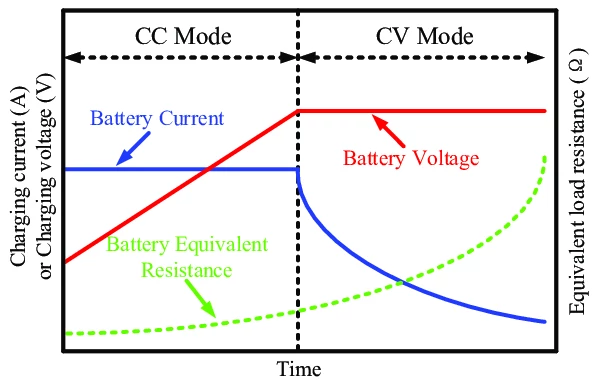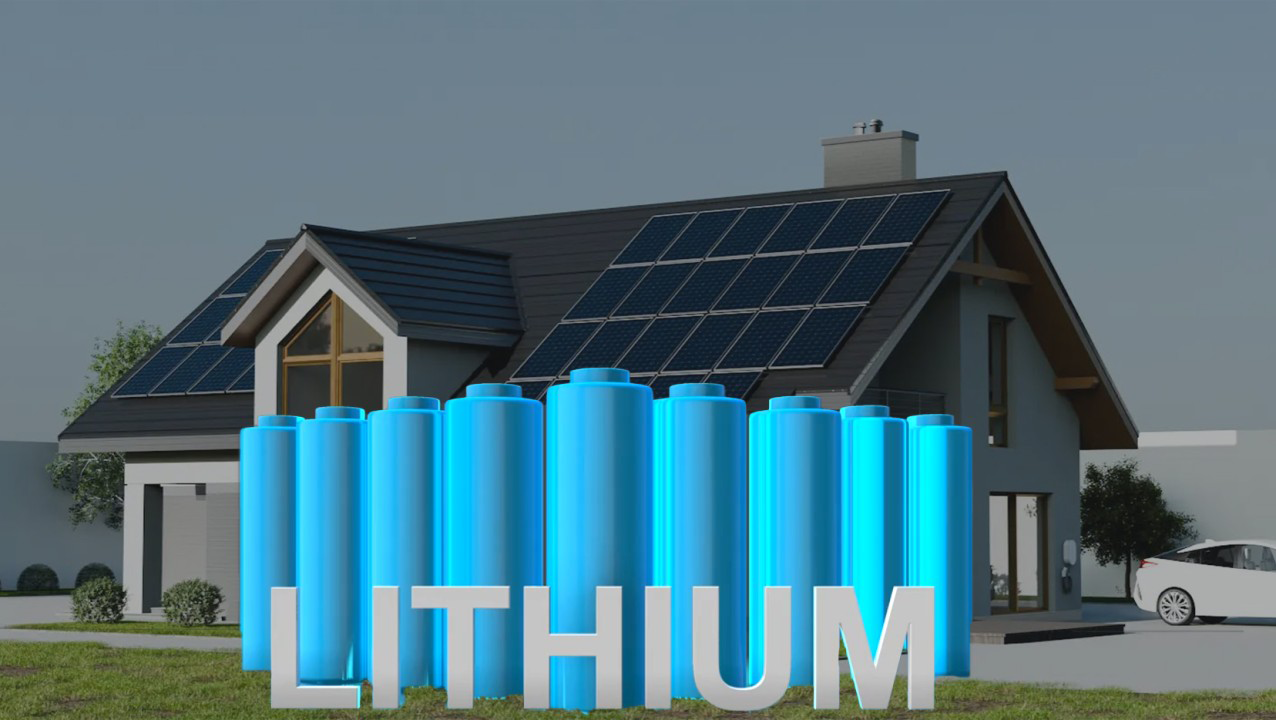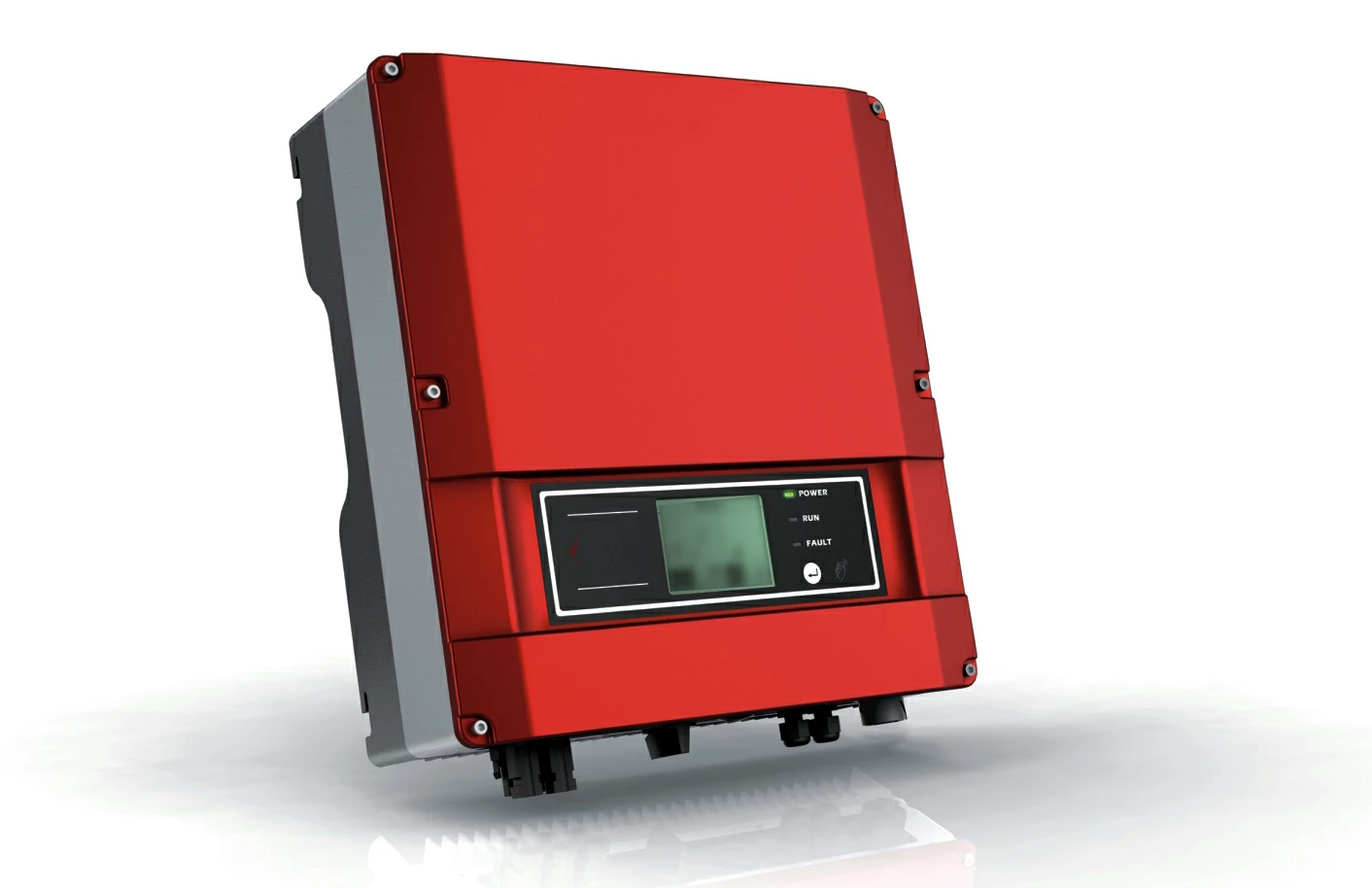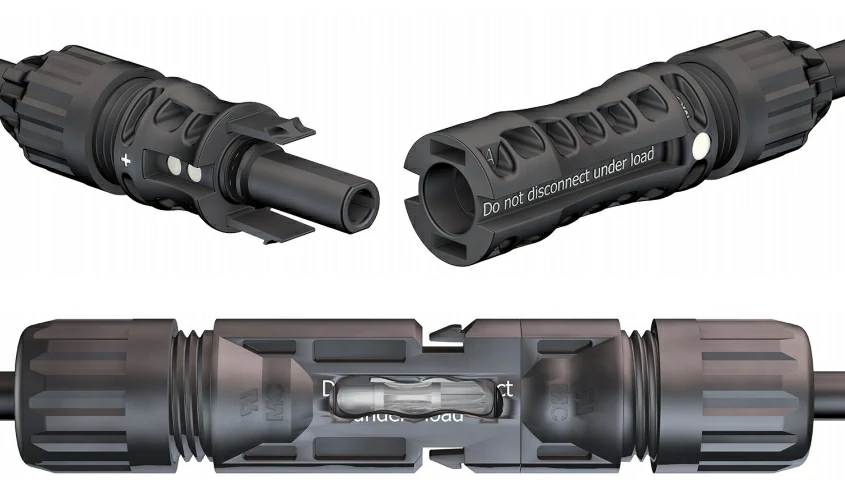Solar controller Solar controller is the key equipment used to...
The Constant Voltage method (CV) of MPPT controller
In photovoltaic Power generation systems, Maximum Power Point Tracking (MPPT) technology is one of the keys to ensure the efficient operation of the system. Among the many ways to implement MPPT controller, Constant Voltage (CV) is a simple and widely used algorithm. This paper introduces the basic principle, advantages and disadvantages of constant voltage method and its application in MPPT controller.
the basic principle

The basic assumption of the constant voltage method is that under certain environmental conditions (such as light intensity and temperature), the optimal operating voltage of a photovoltaic module can be regarded as a constant value. This voltage value is usually set to match the rated power of the photovoltaic module or its optimal operating point. The basic principle is as follows:
Fixed voltage: The constant voltage method works with a set voltage (such as the rated voltage of a photovoltaic module, usually near the maximum power point on its performance curve). The controller maintains the output voltage at this fixed value during operation.
Adaptive adjustment: In practical applications, although the output voltage is set to a constant, for light changes (such as changes in day and night), the control system may make simple adjustments based on empirical data or historical data to ensure that it works under better performance conditions.
Actual operation: The controller constantly monitors the current output of the photovoltaic module, and when the current is matched with the set voltage, the system will maintain stable operation. At this time, the output power of the system may not fully reach the maximum, but it can still achieve good performance under simple conditions.
advantages and disadvantages
Advantages:
Simple and easy to implement: the control logic of constant voltage method is relatively simple, and the calculation amount is small, so it is easy to implement in embedded system. In the hardware design of the processor requirements are low, suitable for limited resources of the system.
Fast response: Due to its simple control mechanism, the constant voltage method performs well in system response time. The system can quickly reach the set voltage value, thus effectively avoiding the energy loss caused by slow voltage regulation.
Wide applicable environment: In the case of little change in lighting conditions, constant voltage method can work more effectively, suitable for some light stable application environment.
disAdvantages:
Low accuracy: When the constant voltage method is used, the optimal operating point of the photovoltaic module cannot be accurately tracked in real time. Because it is based on the assumption of fixed voltage, it may lead to the failure to reach the maximum power point in actual operation, especially in the environment with drastic changes in lighting.
Poor environmental adaptability: In the case of rapid changes in lighting conditions (such as cloud cover) or large temperature fluctuations, the constant voltage method may cause significant energy loss and cannot be effectively adjusted to the optimal operating point.
Lack of dynamic adjustment capability: Since the set voltage is fixed, the system cannot automatically adjust according to changing current and voltage characteristics, so it may not be suitable for situations with strict power requirements.
applications
The constant voltage method is commonly used in some small photovoltaic systems or cost-sensitive applications, such as:
Home photovoltaic systems: Many home photovoltaic systems use a constant voltage method to simplify design and reduce costs, especially in areas with stable light conditions.
Off-grid systems: In some remote areas or off-grid systems, the constant voltage method provides a simple solution to efficiently store electrical energy into the battery.
Small electronic devices: For small photovoltaic powered devices, the constant voltage method is popular because of its simplicity and low cost.
conclusion
The constant voltage method, as an implementation of MPPT controller, provides a simple and effective energy collection scheme by setting the working voltage of photovoltaic modules to a fixed value. Although it has certain defects in accuracy and adaptability, it can still achieve effective energy conversion and storage under some specific conditions, especially when the illumination changes little. As solar technology continues to evolve, the constant voltage method will continue to play an important role in some applications.

Home energy storage product series
A lithium battery pack for home energy storage systems, which is compatible with solar panels and the sun The inverter can work together with the power grid to power household appliances, and it can also be used as a For off grid systems.
Extended reading
LiFePo4 home energy storage battery
A highly integrated backup power solution for solar home energy...
THE ESSC Brand promise
Global supply
Our products sell well all over the world, covering many countries and regions, through the global logistics network, to provide customers with convenient purchasing experience.
Rigorous quality
We adhere to the highest quality control standards to ensure every product meets industry regulations and customer expectations, earning trust through consistent excellence.
Excellent service
With a customer-centric approach, we provide prompt responses, professional support, and personalized services, aiming to deliver the best user experience and long-term value.





